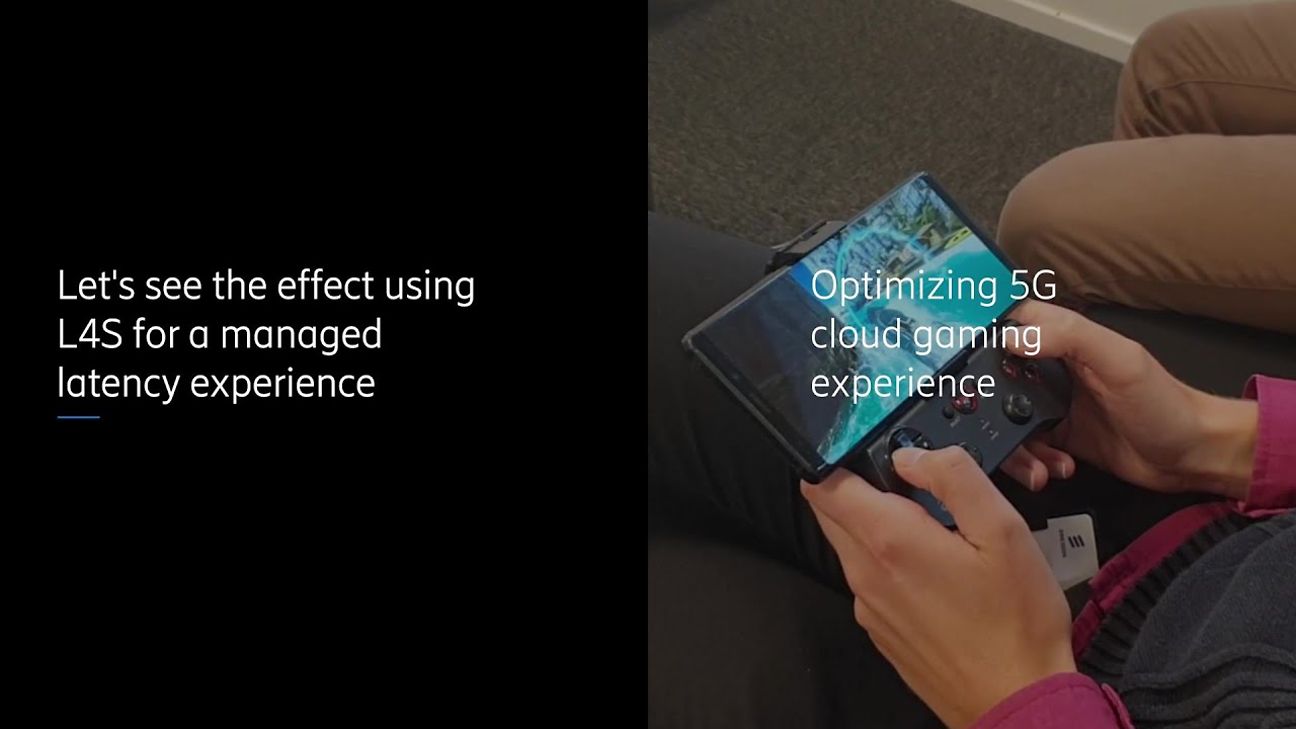

Deutsche Telekom and Ericsson successfully test new 5G low latency feature for time-critical applications
An advanced 5G feature successfully tested by Deutsche Telekom (DT) and Ericsson promises to deliver the much sought-after immersive experience for time-critical applications such as cloud gaming. In a recent demo, the collaborative partners showed how Low Latency Low Loss Scalable throughput technology (L4S) significantly reduces lag in an interactive cloud-based video game.
L4S is an advanced feature that will enhance the quality of experience for latency-sensitive or time-critical use cases such as cloud gaming and augmented reality/virtual reality (AR/VR) applications. To illustrate the benefits of L4S, Ericsson and DT recorded an interactive cloud-based boat racing game both with and without this technology. Played over a cellular network, the demo showed the contrast in gaming experience between an L4S-enabled 5G connectivity and one excluding this managed low-latency feature.
Results clearly showed visible jitter spikes in the game without L4S, while the one enabled by this 5G feature experienced smooth-sailing all the way.
Alex Choi, SVP Technology Strategy & Innovation, Deutsche Telekom, says: “Consistent low latency in cellular networks is essential to creating new and exciting user experiences. Together with Ericsson we have demonstrated the unique benefits of managed latency with L4S technology for time-critical, high-rate applications over 5G. We will continue our collaboration to advance the adoption of L4S for a consistent and scalable delivery of high quality 5G and edge enabled services to developers and customers.”
Per Narvinger, Head of Product Area Networks, Ericsson, says: “Our latest milestone with Deutsche Telekom shows how the L4S feature can vastly enhance the performance of time-critical, high-rate applications in 5G networks. Consistent low latency is a key enabler for many new 5G services and a necessity to lift the performance beyond 4G. This L4S feature will help bring existing 5G use cases to a new level and enable new applications that communications service providers can offer consumers and enterprises.”
Technical Info
L4S is a new technology based on an Internet Engineering Task Force (IETF) standardization, which provides high throughput and low latency for IP traffic, resulting in improved, fast rate adaption management, and reduced network congestion, queuing and packet loss.
L4S relies on ECN (Explicit Congestion Notification) in the IP header to indicate queue build-up in the radio access network to the application. The congestion signals are then managed at the sender and receiver side thanks to scalable congestion control algorithms. In turn, the technology signals to the application server to adjust the application bit rate to meet the capacity of the established communication link. As a result, L4S is effective in delivering a seamless user experience even with variable traffic load and radio conditions.


